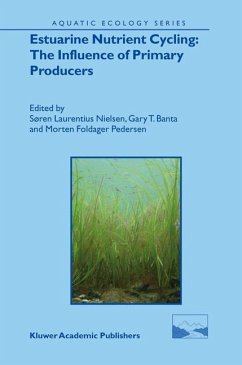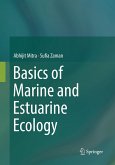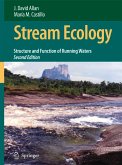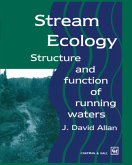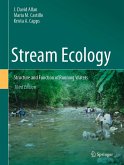It is a well-known fact that eutrophication of coastal waters causes significant changes in the species composition of the primary producers. Usually a shift from an ecosystem dominated by sea grasses or large brown algae to an ecosystem dominated by fast-growing green algae or phytoplankton is observed. While this shift has been documented in a number of research papers and books, the consequences of this shift are less well known. This book focuses on the consequences of such changes for nutrient cycling.
The aim is to investigate how different types of primary producers influence nutrient cycling in coastal marine waters, and how nutrient cycling changes qualitatively and quantitatively as a consequence of the changes in the primary producer community caused by eutrophication. The various chapters address specific ecological processes such as grazing, decomposition, burial and export of biomass from the ecosystem. The book is intended for researchers and professionals working in the field of coastal marine ecology and estuarine ecology and for advanced students in this field.
The aim is to investigate how different types of primary producers influence nutrient cycling in coastal marine waters, and how nutrient cycling changes qualitatively and quantitatively as a consequence of the changes in the primary producer community caused by eutrophication. The various chapters address specific ecological processes such as grazing, decomposition, burial and export of biomass from the ecosystem. The book is intended for researchers and professionals working in the field of coastal marine ecology and estuarine ecology and for advanced students in this field.
From the reviews: "This volume provides numerous examples that illustrate methods for designing experiments to decipher the complexity of nutrient cycles and the affected primary producers at the base of the food web. ... Because there is substantial background information throughout the book, I highly recommend this volume as a primary text, or suggested reading, for courses in basic ecology ... . And finally, the volume provides a convenient reference for those of us beyond student status, but working in the area of nutrient cycling." (Anne C. Sigleo, Ecology, Vol. 87 (1), 2006)

